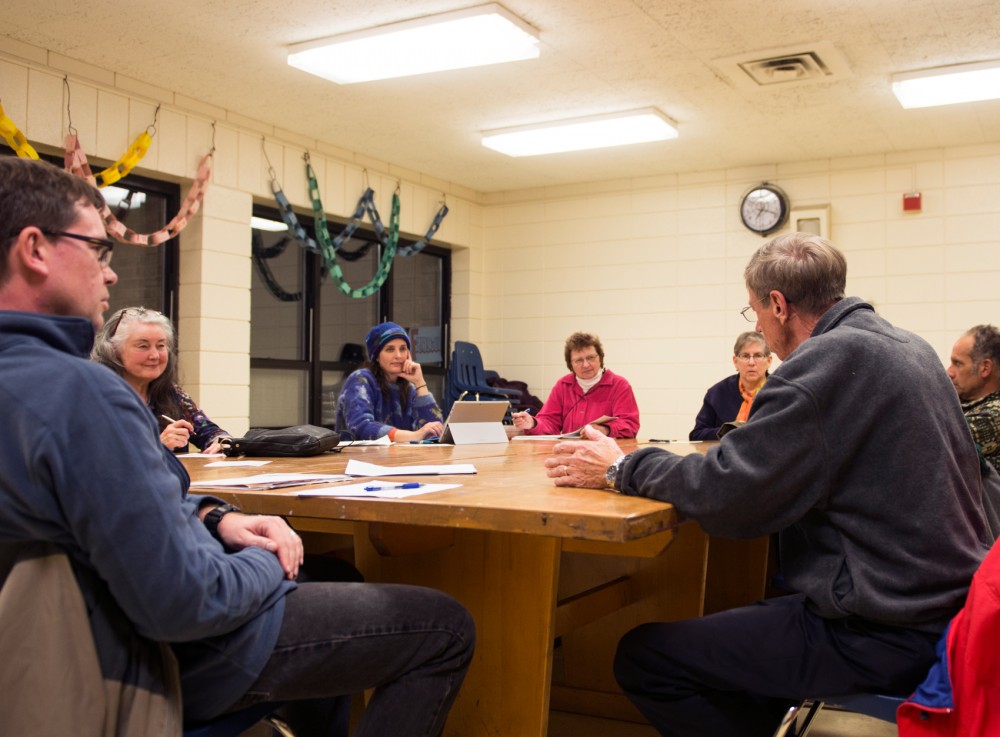The groups that govern University of Minnesota neighborhoods have long sought the input of the many students who live in their communities.
But recruiting short-term residents has proved a long-standing issue.
Still, area leaders say they hope to draw in young neighbors who often move away before they feel comfortable enough to fill positions in their neighborhood
organization.
Oftentimes, student residents are unaware of the lower-level positions — like volunteering and office assistant roles — offered by neighborhood groups, said University urban and regional planning graduate student Hilary Lovelace.
Earlier this month, Lovelace was elected to the Southeast Como Improvement Association’s board of directors.
Until then, Lovelace occupied the organization’s graduate student seat. She said she wanted to transition to a permanent position so that other students would have a chance to participate.
Minneapolis neighborhood support specialist Stacy Sorenson said community boards should be representative, and that student input helps them accomplish that.
Of the city’s 81 neighborhoods, Sorenson said, Southeast Como and Marcy-Holmes are the best at involving students in decision-making because of their proximity to campus and high student resident population.
Marcy-Holmes Neighborhood Association President Jan Morse said students bring a unique perspective because of their expertise in certain areas of study, such as architecture or public policy.
The neighborhood has pursued a number of strategies to raise awareness of the governing body among students, like hanging flyers on doors and hosting block parties, Morse said.
But Sorenson said the nature of student life can be a hindrance to drawing in potential leaders.
“Time is a huge barrier,” she said. “Students move around a bit more often than some of the older people that you see at some of the meetings and might not have as strong of a tie to a place.”
Lovelace said students also can feel intimidated by board duties and inexperienced compared to older contributors.
“A lot of students on neighborhood boards, it’s their first time on any board,” she said. “It’s hard to find your voice.”
Another factor that makes students shy away once they are on the board is how welcoming — or unwelcoming — an organization might be, Lovelace said.
She said there’s a gap between what organizations say when they encourage students to join and how members treat students they work with.
Jonathan Borowsky, a University economics graduate student, said he secured a position at MHNA about two months ago.
As Council of Graduate Students Vice President of Grants, Borowsky said he was required to participate in a community organization.
Working with board members has given him a new perspective on how neighborhoods operate and has given him the opportunity to make public safety and land-use decisions, he said.
The neighborhood is one of the more lenient areas when it comes to recruiting students, Borowsky said. For example, MHNA asks their board members to have resided in the area for one year, shorter than the requirements of other Minneapolis communities, he said.
Still, MHNA holds board elections in June when many are out of town for the summer, Borowsky said.
“I think that part of it is understanding what the neighborhood organization is, what it does, what its role is and what opportunities there are for participation,” he said. “That’s something we want to change. … I think that’s a huge barrier to participation.”








